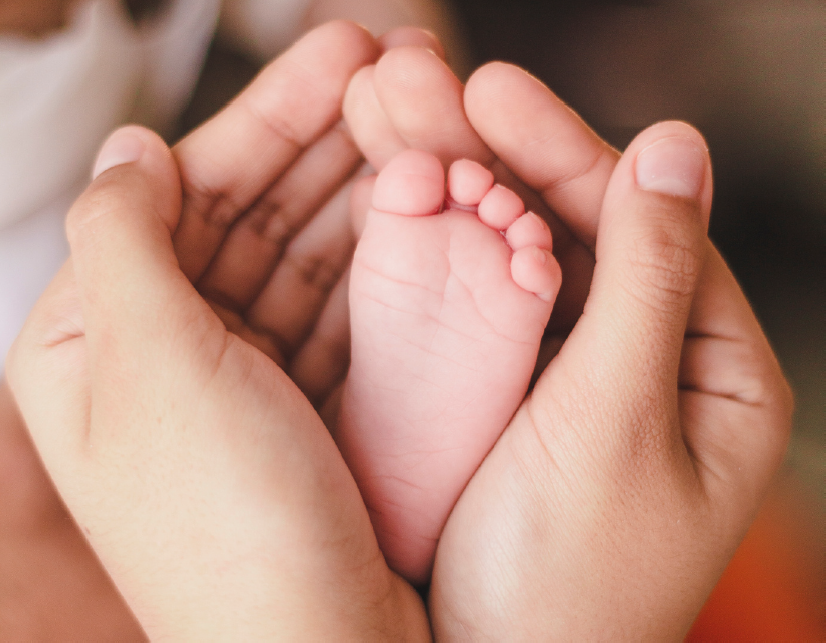
FOOT ANATOMY AND ITS FUNCTION 🦶🏻
Share
The human foot is a pretty perfect complex structure sometimes considered as an organ. It's composed of bones, muscles, tendons, ligaments, and other tissues that work together to provide support, balance, and mobility. It's an integral part of the musculoskeletal system and plays a crucial role in overall body function. Understanding foot anatomy and function is essential for appreciating how the foot operates and how it can be affected by various conditions. Here’s a short overview of the key components and their functions:
1) 🦴 BONES - the foot consists of 26 bones, divided into 3 categories:
- TARSAL BONES (7): Form the rear and midfoot.
- METATARSAL BONES (5): Connect the tarsal bones to the phalanges (toe bones).
- PHALANGES (14): The toes - each toe has three phalanges, except for the big toe, which has two.
2) 🦿 JOINTS - The foot contains numerous joints, including:
- ANKLE JOINT: Connects the foot to the leg, enables up-and-down movement.
- SUBTALAR JOINT: Below the ankle, allows for side-to-side movement and helps with balance.
- METATARSOPHALANGEAL JOINTS: Connect the metatarsals to the phalanges, toe movement.
3) 💪🏻 MUSCLES AND TENDONS: There are both intrinsic and extrinsic muscles:
- INTRINSIC MUSCLES: These muscles originate and insert within the foot and are responsible for fine motor control, stability, and maintaining the arches. They include the flexor and extensor muscles of the toes.
- EXTRINSIC MUSCLES: These muscles originate in the lower leg and insert into the foot. They control larger movements, such as walking and running.
4) 🧶 LIGAMENTS: bands of connective tissue that connect bones to other bones, providing stability to the foot. Important ligaments are:
- PLANTAR FASCIA: A thick band of tissue that runs along the bottom of the foot, supporting the arch and absorbing shock.
- DELTOID LIGAMENT: A group of ligaments on the inner side of the ankle that provides stability.
5) ⌒ ARCHES OF THE FOOT: 3 main arches that help distribute weight and absorb shock:
- MEDIAL LONGITUDINAL ARCH: Along the inside of the foot, the highest arch.
- LATERAL LONGITUDINAL ARCH: Along the outside of the foot, lower than the medial arch.
- TRANSVERSE ARCH: Across the midfoot, helps with balance and weight distribution.
6) 🛠️ FUNCTION OF THE FOOT
- SUPPORT: It supports the weight of the body and provides a stable base for standing and moving.
- SHOCK ABSORPTION: The arches and soft tissues help absorb impact during activities like walking, running, and jumping.
- BALANCE AND STABILITY: The foot's structure and muscles contribute to maintaining balance and stability during movement.
- MOBILITY: The foot allows for various movements, including walking, running, jumping, and pivoting.
We are born with perfectly functional feet. Our growth, development and the environment affect the future function and shape of our feet. Don't let them be restricted and deformed!
Understanding foot anatomy and function is essential for recognizing how various conditions can affect overall mobility and health.
Choose the right footwear TODAY.
